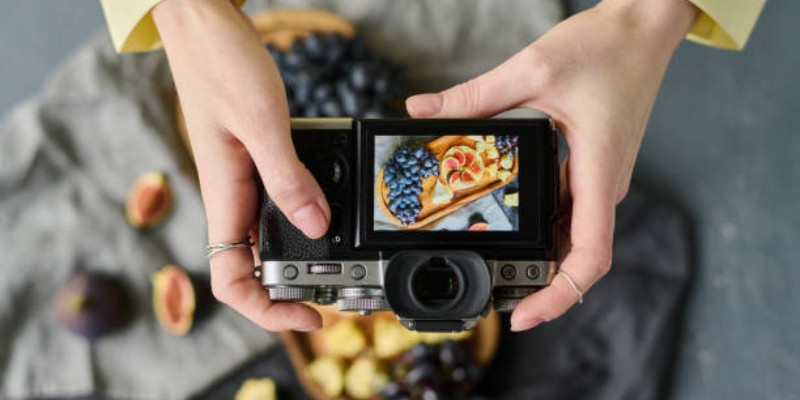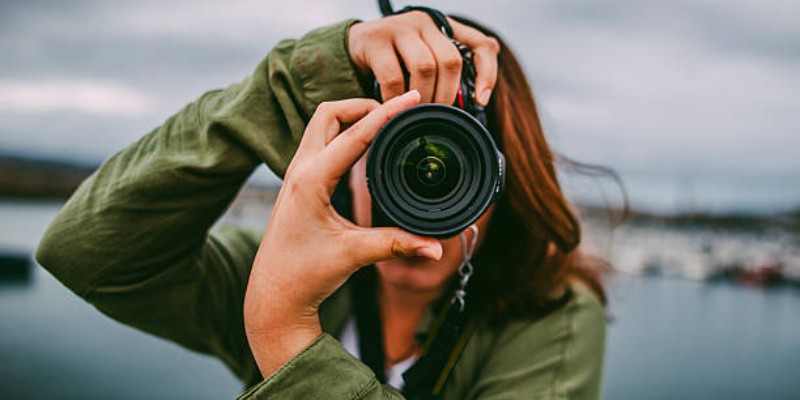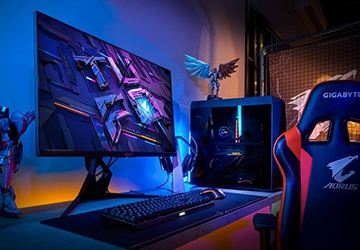So, you've decided to dive into the world of photography and want to buy your first DSLR camera. Congrats! But wait—where do you even start? With so many options, technical terms, and price ranges, it's easy to feel overwhelmed. Don't worry. I've been there, too, and I'm here to break it down. Let's learn everything you need to know to pick the perfect DSLR for your beginner journey.
Why a DSLR? (And Not Just Your Phone)
First, Why bother with a DSLR when your phone takes decent photos? Great question. DSLRs give you more control over settings like shutter speed, aperture, and ISO. You can capture sharper images in low light, create beautiful background blur ("bokeh"), and experiment with creative effects. DSLRs have bigger sensors than phone cameras, meaning better overall image quality. A DSLR is a solid investment if you're serious about learning photography.

Step 1: Set Your Budget
DSLRs range from affordable to “how much?!” expensive. As a beginner, you don’t need the fanciest model. Start with something that balances cost and performance.
Under $500: Look for entry-level models like the Nikon D3500. It’s praised for its simplicity, lightweight design, and excellent image quality.
$500–$800: Cameras like the Canon EOS Rebel T8i/850D offers more advanced features, like faster autofocus and better video capabilities.
Over $800: Save your cash unless you're certain you'll use pro-level features. You can always upgrade later.
Step 2: Understand Sensor Size
The sensor is the part of the camera that captures light. Bigger sensors usually mean better photo quality, especially in low light. Most beginner DSLRs use an APS-C sensor, smaller than a full-frame sensor but still great for beginners. Full-frame cameras are pricier and heavier, so stick with APS-C unless you’re a landscape or portrait enthusiast with a bigger budget.
Step 3: Check Lens Compatibility
One of the most significant advantages of DSLRs is interchangeable lenses. But not all lenses work with every camera. Canon and Nikon are the most popular brands and have their lens mounts. For example:
Canon cameras use EF or EF-S lenses.
Nikon cameras use F-mount lenses.
If you buy a Canon, you'll need Canon-compatible lenses (or use an adapter, but that's a hassle). The good news? Both brands offer a wide range of affordable lenses for beginners. Start with a basic "kit lens" (usually 18-55mm) that comes with the camera. It's versatile for everyday shots.

Step 4: Prioritize User-Friendly Features
As a newbie, you want a camera that’s easy to learn. Look for:
Intuitive menus: Buttons and dials should be labelled clearly. The Canon Rebel series, for example, is known for its straightforward interface.
Guide modes: Some cameras have built-in tutorials or “scene modes” (like Portrait, Landscape, Night) that help you adjust settings automatically.
Touchscreen: Not all DSLRs have this, but models like the Rebel T8i let you tap to focus or adjust settings, which feels familiar if you’re used to smartphones.
Step 5: Consider Size And Weight
DSLRs are bulkier than mirrorless cameras or point-and-shoots. If you plan to carry your camera everywhere, use a lightweight model. The Nikon D3500 is compact and easy to hold, even for smaller hands. On the flip side, bigger cameras like the Canon EOS 90D feel sturdier but might be tiring to lug around all day.
Step 6: Don’t Forget The Extras
Your camera body is just the start. Factor in these costs:
Lenses: A basic zoom lens is fine now, but you might want a prime lens (fixed focal length) later for sharper photos or portraits.
Memory cards: Get at least a 64GB card so you don’t run out of space during a shoot.
Battery: DSLRs eat through battery life, especially if you use the screen often. Buy a spare.
Bag: Protect your gear with a padded backpack or shoulder bag.
Step 7: Test Before You Buy
Visit a store to hold the camera. Does it feel comfortable in your hands? Can you reach the buttons without fumbling? Online reviews are helpful, but nothing beats trying it yourself.
Step 8: Think Long-Term
Avoid cameras that are too outdated or too niche. For example, some older models might not support the latest lenses or software updates. Stick to recent releases (like the 2023–2025 models mentioned in reviews) to ensure your camera stays relevant as you grow.

Final Tips For First-Time Buyers
Buy the lens, not just the camera: A good lens can make a more significant difference than a high-end body.
Start simple: You don’t need every feature on day one. Learn the basics first.
Watch tutorials: YouTube contains free guides for mastering your specific camera.
Practice, practice, practice: The best way to learn is by shooting as much as possible.
Ready To Shoot?
Choosing your first DSLR doesn't have to be stressful. Focus on your budget, prioritize ease of use, and remember: The best camera is the one you'll use. Whether you go with a Canon, Nikon, or another brand, you're taking a significant step toward capturing moments that matter.


